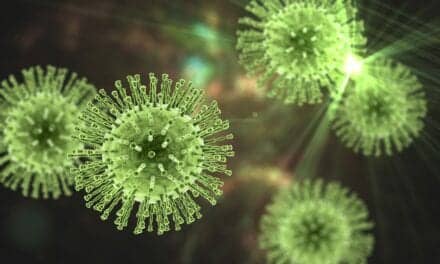As a card-carrying member of the national press, I am always dismayed when “the media” are brought to task for misunderstanding or sensationalizing the findings of studies published in peer-reviewed medical journals.
The opportunities for misunderstanding such publications are certainly legion, and they multiply many-fold in novel areas of clinical investigation or health technology innovation. After all, it is the essence of such research papers to be on the cutting edge of our understanding in these fields of investigation, endeavoring to discover and explain to others information that has never before seen the light of day.
I would like to think that misunderstanding—and perhaps several layers of misunderstanding—was at the root of the firestorm over discordance among pathologists’ interpretations of breast biopsy slides, which began with the publication of a study by JG Elmore and colleagues in the March 17 issue of the Journal of the American Medical Association (JAMA). “The media” have been heavily faulted for their coverage of this study, and for unnecessarily raising public concern over the general reliability of pathology reports.
But it takes more than one party to create a misunderstanding, so “the media” certainly have company when it comes to identifying the sources of the controversy. Commenting on the Elmore study in a very informative roundtable discussion in this issue of CLP (page 16), pathologists Kenneth J. Bloom, MD (Clarient Diagnostic Services), David J. Dabbs, MD, (Magee-Women’s Hospital), and Eric E. Walk, MD (Roche Diagnostics), suggest that the authors’ study design was ill-suited to the purpose of the study, leading to faulty implications about the real-world practice of breast pathology.
Laying blame at the feet of the study authors makes some sense, but it can’t be the full answer. If the report represented such an ill-designed study, how did it manage to progress through JAMA’s layers of peer review and editing to find its way into print?
And even JAMA’s press release about the study may have contributed to misunderstandings, leading off with the key element of the entire controversy: “In a study in which pathologists provided diagnostic interpretation of breast biopsy slides, overall agreement between the individual pathologists’ interpretations and that of an expert consensus panel was 75 percent, with the highest level of concordance for invasive breast cancer and lower levels of concordance for ductal carcinoma in situ and atypical hyperplasia . . ..”
No doubt, “the media” played a role in creating doubt and controversy where none should have existed. But professionals in the field must also bear some responsibility for permitting misleading study findings to gain traction in the first place. In the future, perhaps, a little bit more effort at the front end might prevent “the media” from straying quite so far off the mark.
Steve Halasey
Chief Editor, CLP
[email protected]
(626) 219-0199





